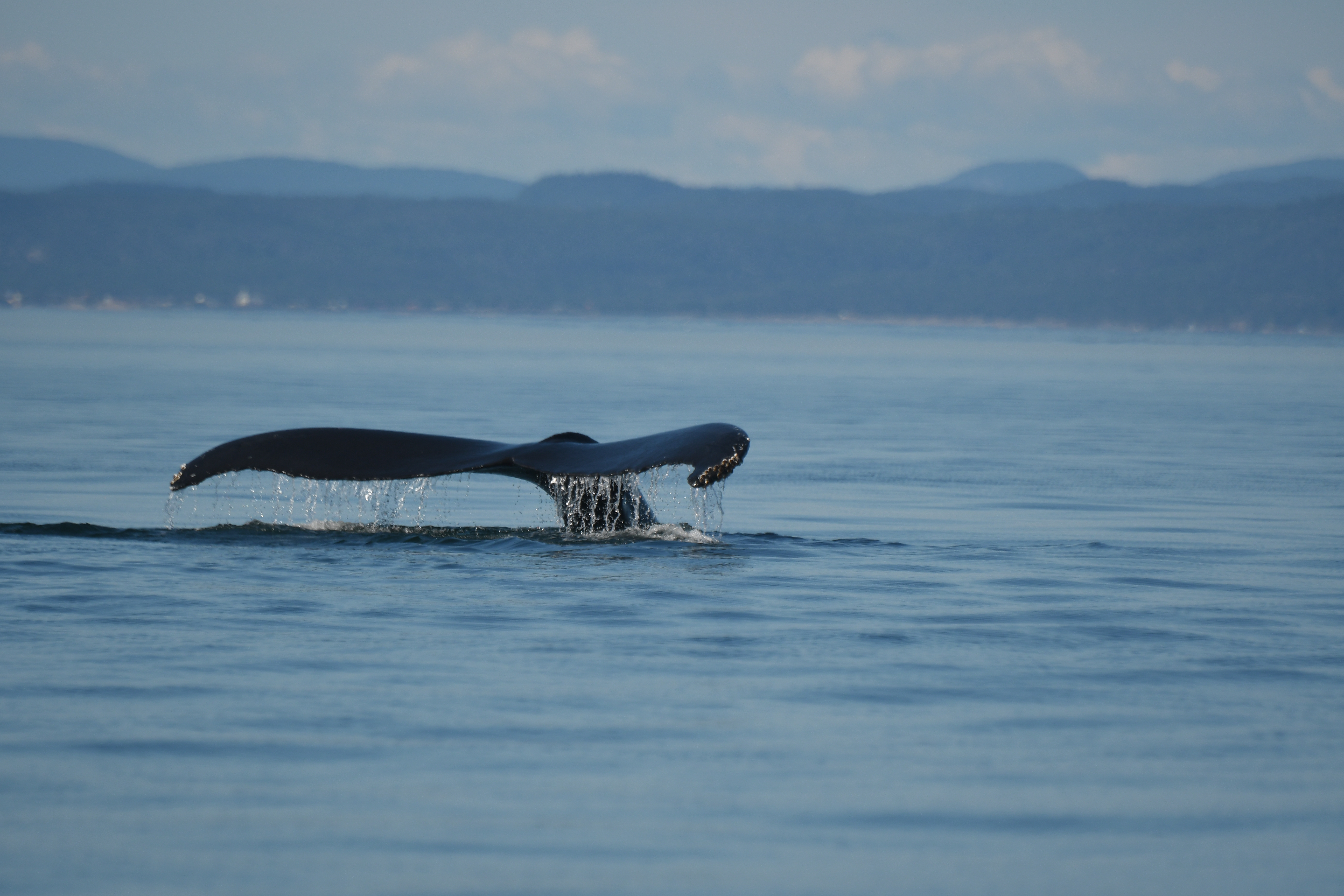Parasite. A word that often sends shivers down our spines. However, marine mammals are highly accustomed to them. Cetaceans and pinnipeds can host a multitude of different parasites! Internal, external, round, long, worms, lice, algae… These tiny organisms come in an impressive variety of shapes and species.
Although they can cause significant harm, parasites do not necessarily lead to the death of their host. Indeed, these little “tenants” generally depend on their home to be alive in order to ensure their own survival.
Parasites as stressors
Parasite. A word that often sends shivers down our spines. However, marine mammals are highly accustomed to them. Cetaceans and pinnipeds can host a multitude of different parasites! Internal, external, round, long, worms, lice, algae… These tiny organisms come in an impressive variety of shapes and species.
Although they can cause significant harm, parasites do not necessarily lead to the death of their host. Indeed, these little “tenants” generally depend on their home to be alive in order to ensure their own survival.
From one host to another
How do marine mammals end up being infested with parasites? According to the Encyclopedia of Marine Mammals, the transmission of these organisms is complex and varies greatly depending on the species.
For the vast majority, it is linked to the food chain. Nematodes of the Anisakidae family – small roundworms that are amongst the most widespread and identifiable parasites in the world’s oceans – represent a good example of transmission through food. When whales feed, they ingest infested krill and become host to the nematode. It is in the digestive system of cetaceans that this species of parasite reaches maturity. The eggs are expelled through the whales’ excrement and hatch in the water. The larvae will be consumed by krill, which will in turn be ingested by whales, fish or cephalopods. Infested fish or cephalopods also risk ending up in the digestive system of cetaceans, thereby concluding the parasite transmission cycle.
However, it is not unlikely that the parasite will encounter what could be described as a “bad” host. For example, a certain type of parasite intended for pinnipeds could end up in the digestive system of a cetacean. Unfortunately for it, the intruder will never mature, because it is simply not compatible with the whale. Host compatibility is always essential for the survival and proliferation of the parasite.
Parasite transmission can also be through direct contact, as is the case with whale lice, tiny crustaceans that cling to their host and feed on its skin. Lampreys, carnivorous fish that notably feed on the blood of their hosts like vampires, are also considered an example of parasites that operate according to this type of transmission.
Health effects for marine mammals
Being very different, not all parasite species affect their hosts the same way. The abundance of small organisms in or on the marine mammal as well as the health of this animal are factors that should not be neglected. Indeed, a parasite is likely to cause more harm to a harbour seal that is sick, injured or with a weak immune system than to a healthy individual. Being more vulnerable, young marine mammals also have a higher mortality rate than adults.
Certain parasites can cause ulcers, lesions, or gastritis in their hosts, as well as infections leading to perforation of the gastric wall. This can lead to more serious complications such as hemorrhage and ultimately death.
Although fatalities remain rare, a harbour porpoise was found dead in Blanc-Sablon in September 2022. Cause of death: verminous gastritis caused by the nematode Anisakis simplex. However, the event was considered to be an isolated incident, as the parasite did not appear to have significant effects on harbour porpoise populations in the St. Lawrence.
Learn more
- (2009) Perrin, W.F., Thewissen, J.G.M. and Würsig, B. Encyclopedia of marine mammals. (2e édition) Elseiver.








